AI for interoperable and autonomous industrial systems
At Mines Saint-Étienne, researchers Olivier Boissier, Maxime Lefrançois and Antoine Zimmermann are using AI to tackle the issue of interoperability, which is essential to the industry of the future. The standardization of information in the form of knowledge graphs has allowed them to enable communication between machines that speak different languages. They then operate this system via a network of autonomous distributed agents on each machine to automate a production line.
Taking a train from France to Spain without interoperability means having to get off at the border since the rails are not the same in both countries. A train that hopes to cross over from one rail line to another is sure to derail. The same problem is posed on factory floors – which is why the interoperability of production lines is a key issue for the industry of the future. In an interoperable system, machines can communicate with one another in order to work together automatically, even if they don’t speak the same language. But this is not easy to implement. Factory floors are marked by a kind of cacophony of computer languages. And every machine has its own properties: a multitude of manufacturers, different applications, diverse ways of sending, measuring and collecting information etc. Such heterogeneity reduces the flexibility of production lines. During the Covid-19 crisis, for example, many companies had to reconfigure all of their machines by hand to set up new production operations, such as manufacturing masks. “As of now, on factory floors everything is coded according to an ideal world. Systems are incapable of adapting to change,” says Maxime Lefrançois, a specialist in web semantics. Interoperability also goes hand in hand with competition. Without it, ensuring that a factory runs smoothly would require investing in a single brand of equipment to be certain the various parts are compatible.
There is no single method for making a system interoperable. Along with his colleagues at Mines Saint-Étienne, the researcher is addressing the issue of interoperability using an approach based on representing data about the machines (manufacturer, connection method, application, physical environment etc.) in a standardized way, meaning independent of the language inherent to a machine. This knowledge is then used by what is known as a multi-agent software system. The goal is to automate a production process based on the description of each machine.
Describing machines to automate decision-making
What does the automation of an industrial system imply? Service delegation, primarily. For example, allowing a machine to place an order for raw materials when it detects a low stock level, instead of going through a human operator. For this, the researchers are developing mechanisms for accessing and exchanging information between machines using the web of things. “On the web, we can set up a communication interface between the various devices via standardized protocols. These methods of interaction therefore reduce the heterogeneity of the language of connected devices,” explains Antoine Zimmermann, an expert in knowledge representation at Mines Saint-Étienne. All of the modeled data from the factory floor is therefore accessible to and understood by all the machines involved.
More importantly, these resources may then be used to allow the machines to cooperate with one another. To this end, the Mines Saint-Étienne team has opted for a flexible approach with local decision-making. In other words, an information system called an autonomous agent is deployed on each device and is able to interact with the agents on other machines. This results in a 4.0 word-of mouth system without loss of information. “An autonomous agent decides what to do based on what the machines upstream and downstream of its position are doing. This reasoning software layer allows the connected device to adjust its behavior according to current status of the system,” says Olivier Boissier, who specializes in autonomous agent systems at Mines Saint-Étienne. For example, a machine can stop a potentially dangerous process when it detects information indicating that a device’s temperature is too high. Likewise, it would no longer be necessary to redesign the entire system to add a component, since it is automatically detected by the other machines.
Read more on I’MTech: A dictionary for connected devices
Depending on the circumstances of the factory floor, a machine may also connect to different production lines to perform other tasks. “We no longer code a machine’s specific action, but the objective it must achieve. The actions are deduced by each agent using the data it collects. It therefore contributes to fulfilling a general mission,” adds the researcher. In this approach, no single agent can achieve this objective alone as each one has a range of action limited to its machine and possesses only part of the knowledge about the overall line. The key to success it therefore cooperation. This makes it possible to transition from producing cups to bottles, simply by changing the objective of the line, without reprogramming it from A to Z.
Towards industrial experiments
Last summer, the IT’m Factory technological platform, a simulated industrial space at Mines Saint-Étienne, hosted a case study for an interoperable and cooperative distributed system. This production line starts out with a first machine responsible for retrieving a cup in a storage area and placing it on a conveyor. A filling system then fills the cup with a liquid. When this second machine has run out of product to pour, it places a remote order with a supplier. At every step, several methods of cooperation are possible. The first is to send a message from one agent to another in order to notify it of the task it has just performed. A second method uses machine perception to detect the action performed by the previous machine. A certain method may be preferable depending on the objectives (production speed etc.).
The researchers have also shown that a robot in the middle of the line may be replaced by another. Interoperability made it possible for the line to adapt to hardware changes without impacting its production. This issue of flexibility is extremely important with a view towards integrating a new generation of nomadic robots. “In September 2020, we start the SIRAM industry of the future project, which should make it possible to deploy interoperable, adaptable information systems to control mobile robotic assistants,” says Maxime Lefrançois. In the future, these devices could be positioned at strategic locations in companies to assist humans or retrieve components at different parts of the production line. But to do so, they must be able to interact with the other machines on the factory floor.
Anaïs Culot


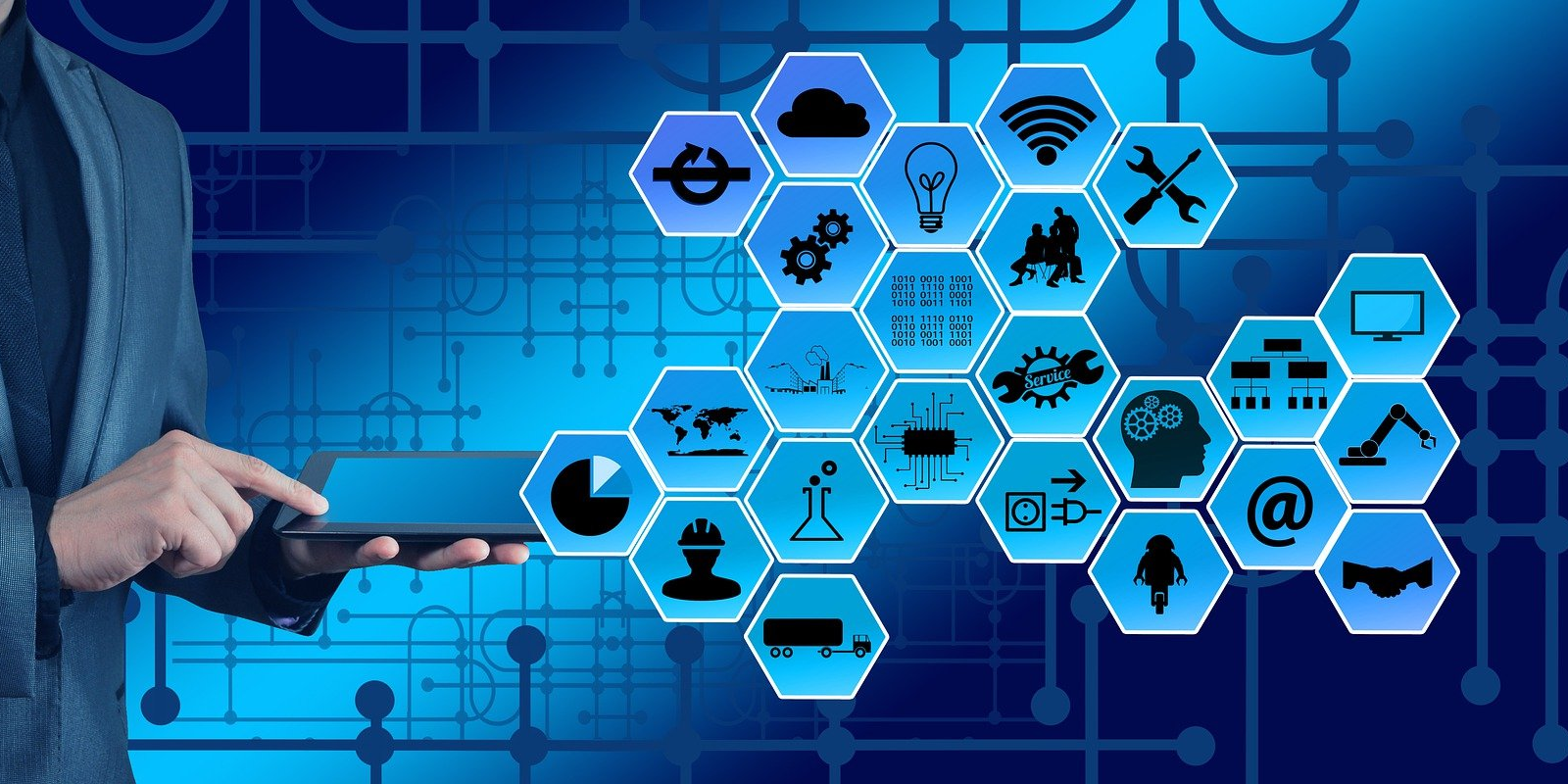
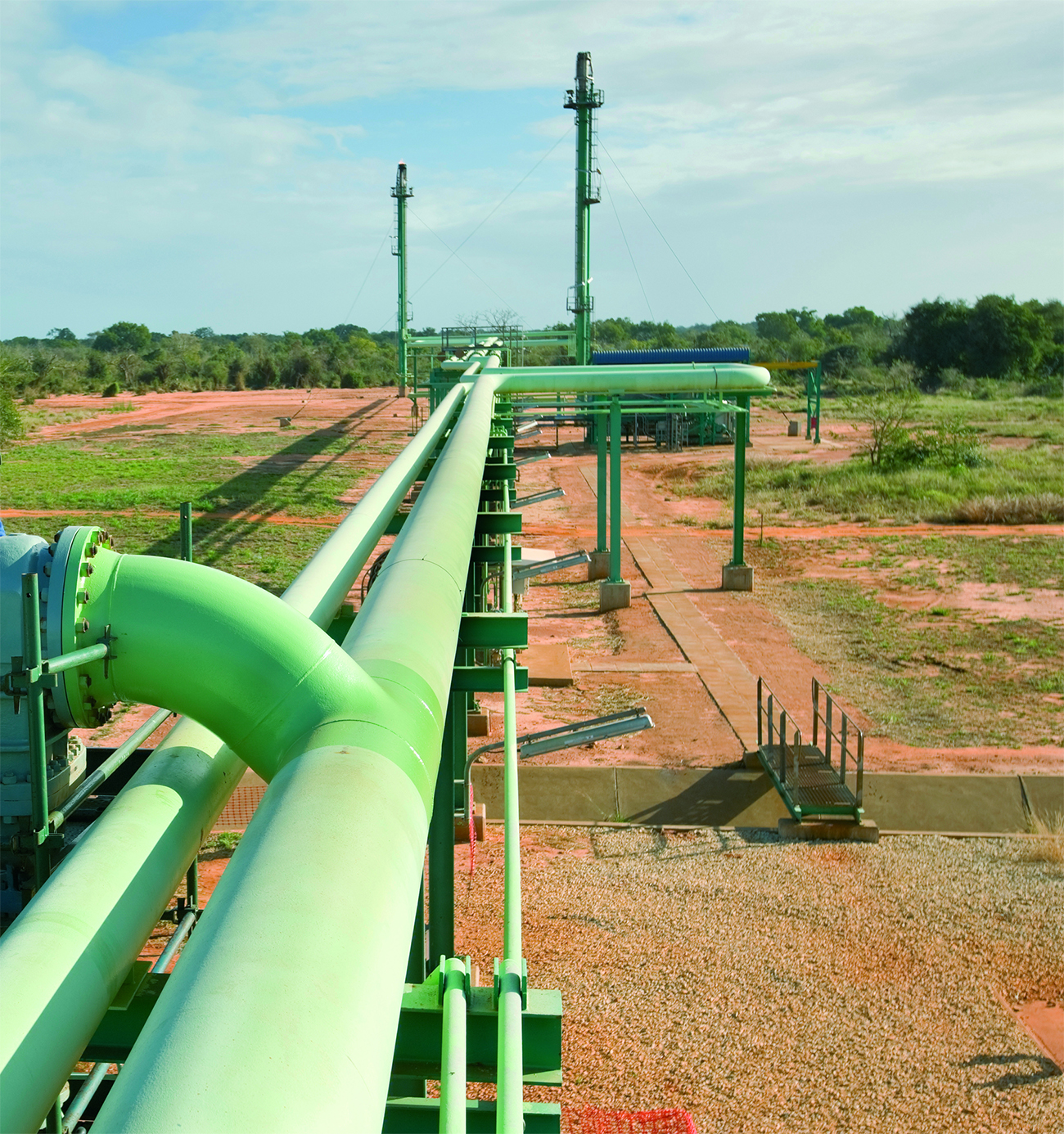
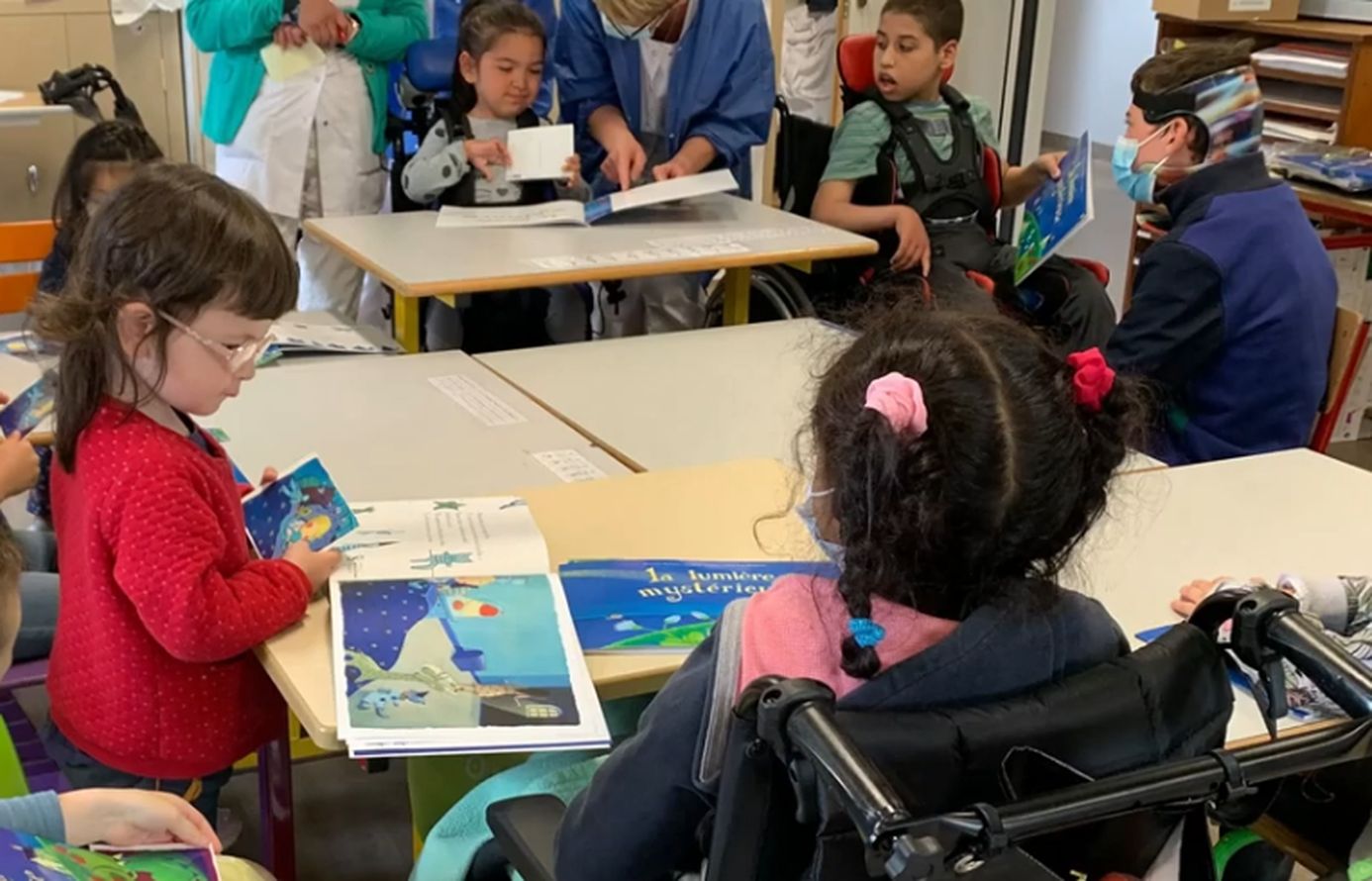

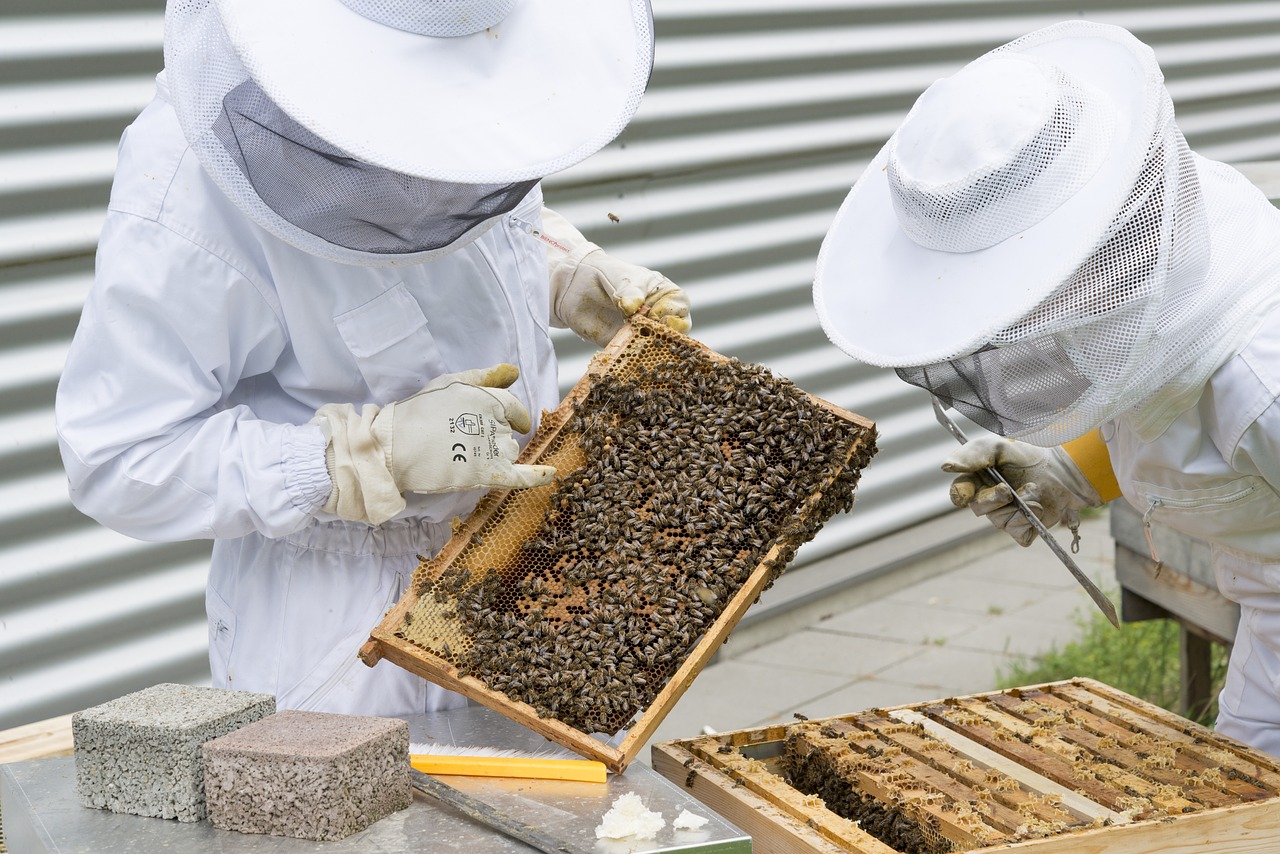
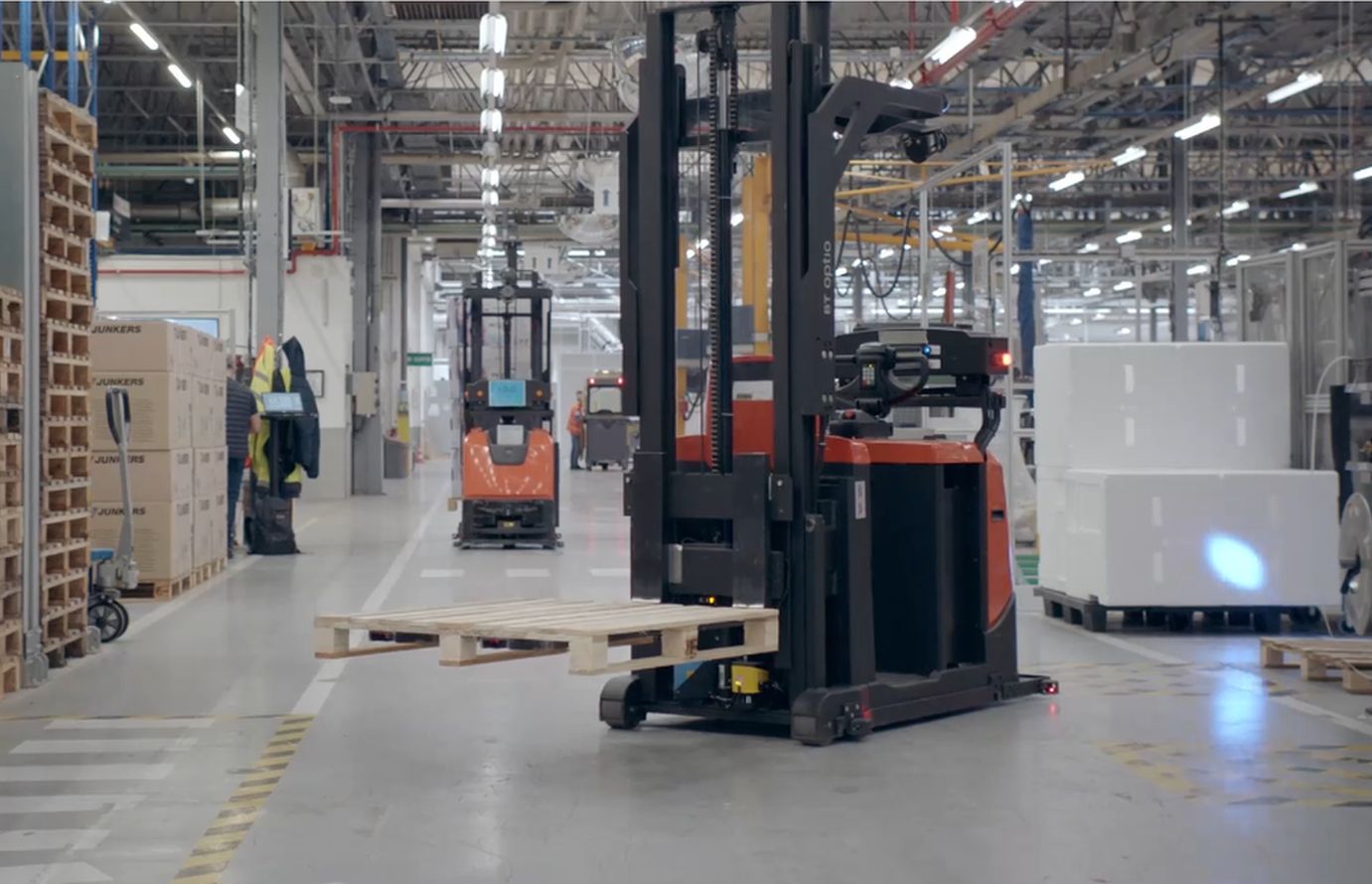
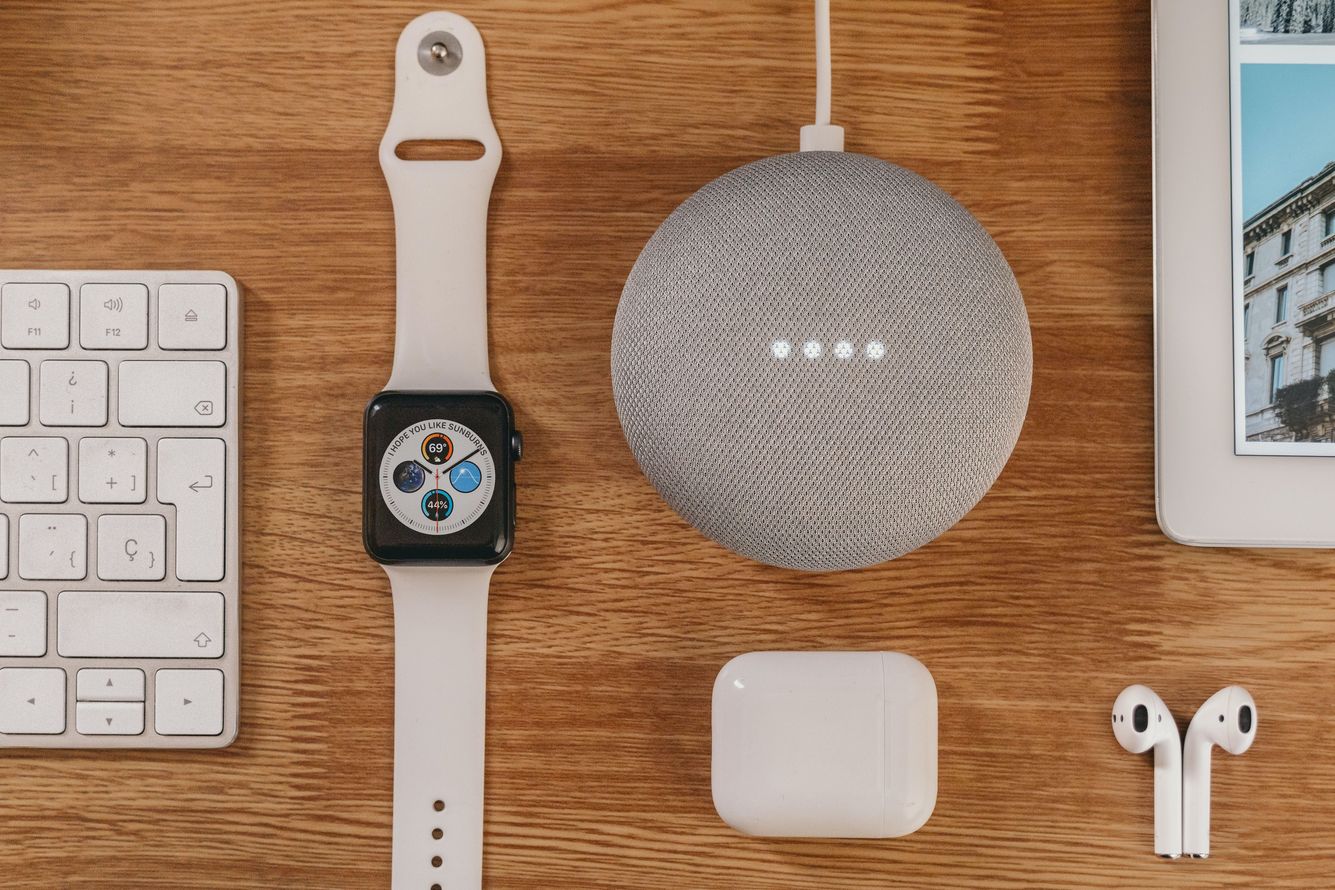



Leave a Reply
Want to join the discussion?Feel free to contribute!